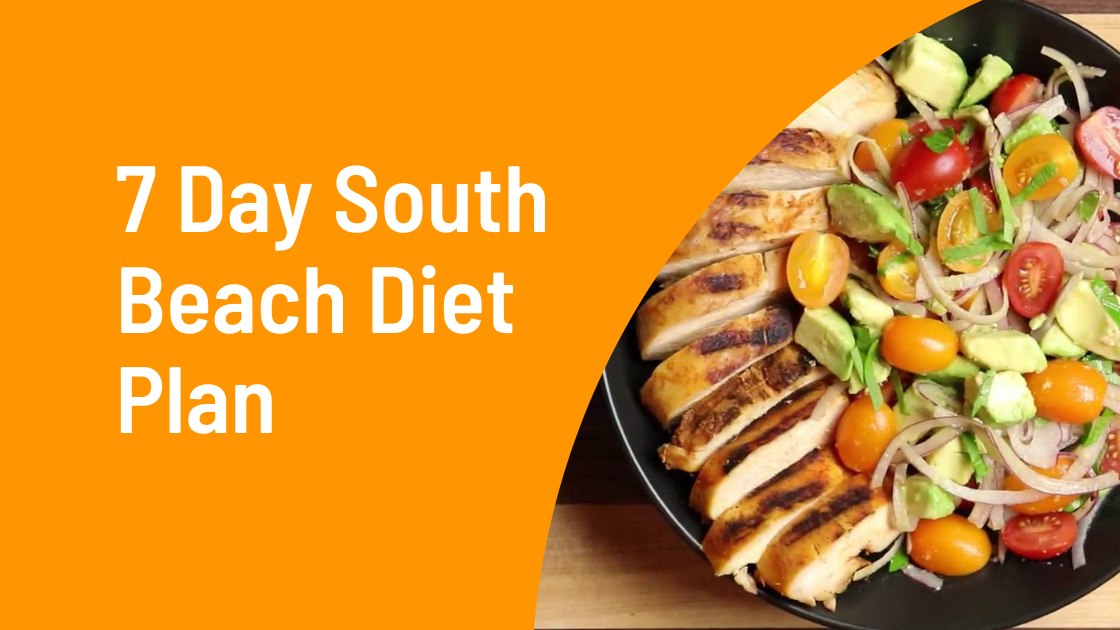South Beach Diet allowed foods offer a refreshing approach to weight loss, emphasizing nutrient-rich choices over restrictive limitations. This diet, known for its phased approach, prioritizes healthy fats, lean proteins, and low-glycemic fruits and vegetables. Understanding which foods are permitted is key to successful adherence, and this guide provides a clear and comprehensive overview of the South Beach Diet’s food philosophy, outlining allowed food groups, healthy fats, and sample meal plans to facilitate your journey toward a healthier lifestyle.
The South Beach Diet differentiates itself from other weight-loss plans by focusing on sustainable dietary changes rather than drastic calorie restriction. This approach promotes long-term weight management and improved overall health. By carefully selecting foods based on their glycemic index and nutritional value, the diet aims to stabilize blood sugar levels, curb cravings, and foster a balanced approach to healthy eating.
Visual Representation of Allowed Foods
The South Beach Diet emphasizes visually appealing and diverse meals, showcasing the abundance of delicious and healthy options available. A vibrant spread of allowed foods not only encourages adherence but also highlights the diet’s focus on whole, unprocessed ingredients. The following descriptions illustrate the visual richness of this eating plan.
A Colorful Spread of South Beach Diet-Approved Foods
Imagine a photograph depicting a bountiful array of South Beach Diet-friendly foods. A gleaming salmon fillet, its skin delicately browned and flesh a vibrant orange-pink, sits proudly beside a medley of crisp, colorful vegetables. The vegetables, arranged artfully, showcase a rainbow of hues: deep green broccoli florets, bright red cherry tomatoes glistening with moisture, sunshine-yellow bell peppers, and slender spears of vibrant asparagus. The textures are equally varied; the smooth, flaky salmon contrasts beautifully with the firm broccoli, the juicy tomatoes, and the slightly crisp asparagus. A small bowl of quinoa, its grains pearly white, adds a textural element, while a scattering of fresh herbs—bright green parsley and fragrant dill—adds a final touch of color and visual interest. The overall impression is one of freshness, vibrancy, and health. The arrangement is not stiff or formal; it feels natural and inviting, suggesting a meal both nourishing and delightful.
A Variety of Healthy South Beach Diet Meal Options
Another compelling image could showcase three distinct meal options, each adhering to the South Beach Diet’s principles. The first might be a hearty salad featuring grilled chicken breast, its surface lightly browned and slightly charred, atop a bed of mixed greens. Sliced avocado, its creamy green flesh contrasting with the darker greens, adds richness and healthy fats. Toasted slivered almonds provide a satisfying crunch. The second meal could be a vibrant shrimp stir-fry, with succulent pink shrimp nestled amongst colorful vegetables like snap peas, carrots, and zucchini. The sauce, a light and flavorful concoction, adds a glossy sheen. Finally, a plate of baked cod, its flesh pearly white and moist, accompanied by a side of roasted vegetables (such as Brussels sprouts and sweet potatoes) and a small portion of brown rice, completes the visual narrative. The textures vary greatly: the tender chicken, the firm shrimp, the flaky cod, the crisp vegetables, and the slightly chewy brown rice all contribute to a visually appealing and satisfying meal experience. The overall impression is one of balance, variety, and deliciousness. The image demonstrates that healthy eating does not have to be bland or boring.
Final Review
Embarking on the South Beach Diet requires a commitment to understanding and implementing its core principles. This guide has provided a detailed exploration of the allowed foods, highlighting their nutritional benefits and emphasizing the importance of balanced meal planning. By incorporating the suggested recipes and meal plans, and by avoiding the prohibited foods, you can confidently navigate the phases of the diet, achieving sustainable weight loss and enhanced well-being. Remember to consult with a healthcare professional before making significant dietary changes.



